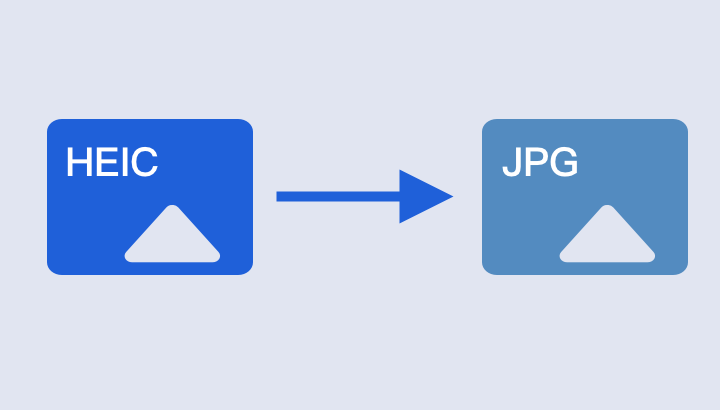Computational screening of heptazine analogs. (a) Schematic diagram of singlet and triplet excited states separated in energy by the exchange interaction (middle) and then inverted by including the double excitation effect (right). b) Molecular structures of heptazine analogues investigated by computational screening. c) The number of filtered molecules as a function of ΔEST and f, calculated by the TDDFT method. d) S1–S0 energy gaps as a function of ΔEST and f calculated by TDDFT. credit: Nature (2022). DOI: 10.1038/s41586-022-05132-y
The quantum chemistry group of the University of Alicante predicted and published the existence of a new natural phenomenon in the interaction of matter and radiation, which was recently experimentally confirmed. This finding is the subject of a review that team researcher Juan Carlos Sancho García submitted to the journal Natureby being invited to post in News & Views.
According to Sancho, his contribution is a successful example of how theory and modeling can advance and predict phenomena that are later confirmed by experiments, with a corresponding possible impact on the technological advances that fill society and the world today. Specifically, the review reports empirical confirmation of a prediction previously made and published by the UA team using quantum mechanics calculations. This is based on the “electron correlation” effect, which occurs strongly in this type of molecules studied, by which 100% of the energy emitted as visible light can be used on any screen.
The researcher explains that each pixel of the screen that makes up any device, such as a mobile phone, tablet, etc., is made up of molecules that emit three primary colors (red, green and blue). The battery activates these molecules to emit light (electroluminescence), so that they first reach their maximum level of “excitation” and then decay, and it is this loss of energy that causes the color to be emitted.
Currently, an inefficient mechanism is used in which 75% of the energy is lost with each emission of light, so that only the remaining 25% is used. The researchers predicted 100% energy use in their research, the chemist explained. He also noted that with its application, they can significantly save energy worldwide. These lower costs would also allow for reductions the need for energy and, accordingly, Art carbon emissionswhich would help achieve the Sustainable Development Goals set by the United Nations.
There are currently no devices on the market that apply this newly discovered phenomenon, but UA researchers are confident they will see it in a short amount of time.
Naoya Aizawa et al., Delayed fluorescence from inverted singlet and triplet excited states, Nature (2022). DOI: 10.1038/s41586-022-05132-y
Juan-Carlos Sancho-Garcia, Fluorescence Limitations Overcome by Engineering Light-Matter Interactions, Nature (2022). DOI: 10.1038/d41586-022-02890-7
Provided
Association RUVID
Citation: Research team develops theory to improve energy efficiency of electronic devices (2022, October 13) Retrieved October 13, 2022, from https://phys.org/news/2022-10-team-theory-energy-efficiency-electronic.html
This document is subject to copyright. Except in good faith for the purpose of private study or research, no part may be reproduced without written permission. The content is provided for informational purposes only.






